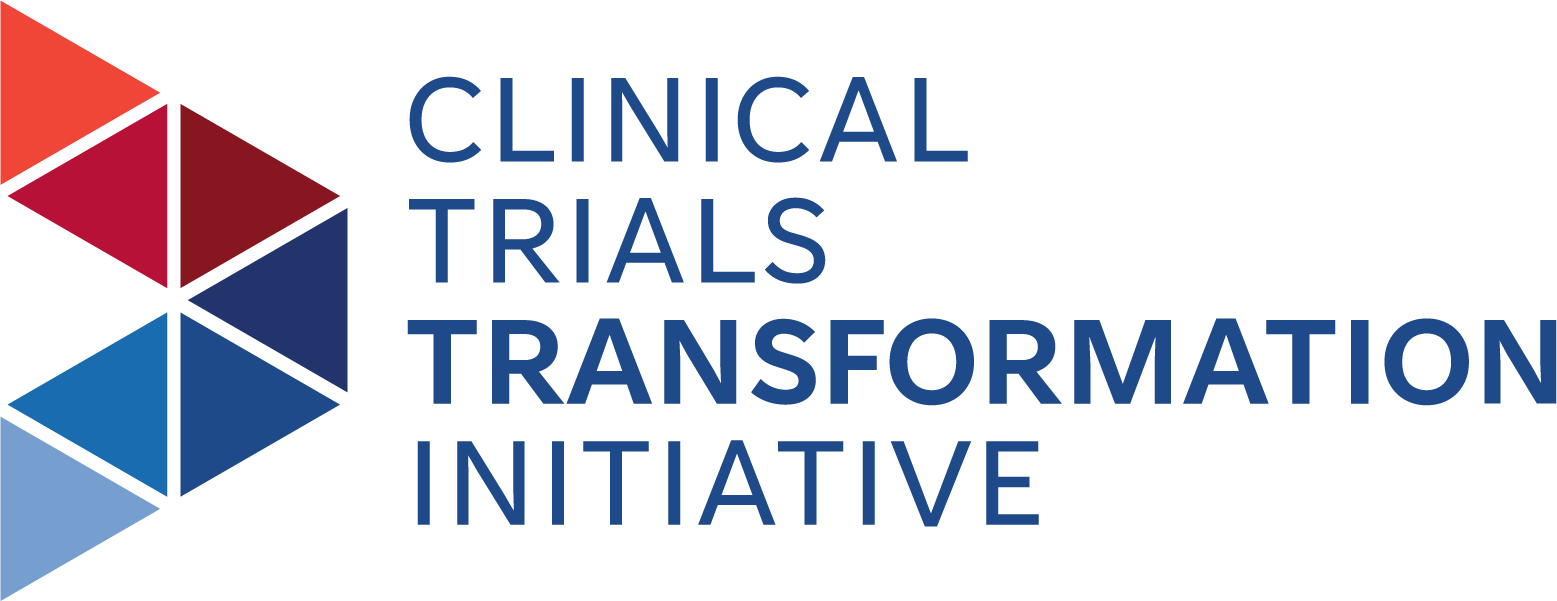T. Symons Cites CTTI, Further Harmonizing Quality by Design Principles Globally
T. Symons Associates Applies CTTI's Quality by Design and Recruitment Planning Recommendations
SUMMARY
The National
Institute for Health and Care Research (NIHR) brought on T. Symons
Associates to keep its Clinical Trials Toolkit updated with current
legal and practical requirements for conducting clinical trials. T. Symons
found CTTI's Quality by Design and Recruitment Planning recommendations and
resources valuable and integrated these into the Clinical Trials Toolkit, which
is used internationally by trialists as a go-to resource for best practice.
The
Clinical Trials Toolkit provides practical advice to researchers in designing
and conducting publicly funded clinical trials in the UK and across the world. Using
an interactive routemap, the toolkit provides information on best practice and
outlines the key requirements for the conduct of clinical trials.
GOAL(S)
The Clinical Trials
Toolkit was initially developed in 2004 to help clinical trialists and R&D managers
understand the regulations and requirements for conducting trials in the UK and
beyond. The toolkit is based on the London Tube Map, taking users through the
clinical trials journey "station by station" with useful advice and guidance at
each stop. In 2012, T. Symons Associates was brought on to redesign and manage
the Toolkit's content and to continually revise its content to ensure the guidance
it provides remains relevant and reflects best practices for clinical trials
globally.
CHALLENGES
Given the Clinical Trials
Toolkit's high visibility within the clinical trials community, T. Symons Associates
needed to carefully parse available resources to ensure the recommendations
included in the updates were relevant, useful, and clearly communicated. T.
Symons also considered the potential longevity of any inclusion to the Toolkit.
Guidance can become obsolete quickly as the regulatory environment changes. As
an international resource used by the UK, US, Japan, and others, it was
important to consider the needs and circumstances of all environments and offer
solutions that can be applied globally.
SOLUTION(S)
T. Symons Associates came
across CTTI's Quality by
Design recommendations and
felt the Principles Document was an ideal resource for the Clinical Trials
Toolkit. As a learning tool, it aligned perfectly with the Toolkit's goal of
helping those coming into the clinical trial world better understand the right
questions to be asked to determine what factors are critical to quality. Avoiding errors, collecting data
that is fit-for-purpose, and reducing patient burden are just a few of the many
benefits of applying Quality by Design. The approach focuses resources on the
errors that matter to decision-making during a trial, such as primary endpoints
and patient safety.
CTTI
also endorses strategic participant recruitment at the initial outset of trial
planning as an important consideration. Like Quality by Design, CTTI's Recruitment
recommendations emphasize thoughtful planning early
on to optimize recruitment, as well as a focus on evidence-based trial
feasibility, site selection, and communication strategies. T. Symons Associates
found these recommendations appropriate for the Toolkit as well.
TAKING ACTION
The Clinical
Trials Toolkit has two levels of information: 1) landing pages which signpost
readers to best practice requirements for trials, and 2) workstream documents that
that provide detailed guidance in specific topics. In addition to weaving
CTTI's Quality by Design work into the landing page for Trial Management and
Monitoring Station, T. Symons Associates also included specific recommendations
in the Monitoring Procedures Workstream
Document,
particularly relating to trial management. In addition, as failure to achieve
planned recruitment targets is an enduring issue for trialists, T. Symons also incorporated CTTI's Recruitment Planning work into the Toolkit's Feasibility and
Investigator Selection Station.
Incidentally,
T. Symons Associates included the most recent CTTI updates to the Toolkit just
as the COVID-19 pandemic was taking hold and disrupting the clinical trials
community globally. In this environment, approaches to simplify and streamline
the clinical trials process while maximizing quality were more essential than
ever. From T. Symons' perspective, the application of Quality by Design and
strategic recruitment was already on track to become 'the new normal' in
clinical research, and COVID-19 only accelerated the speed of adoption. This,
T. Symons feels, is one good outcome from the otherwise devastating pandemic.
IMPACT
The Clinical Trials Toolkit
continues to thrive as a resource for the clinical trials community. After the
addition of CTTI's Quality by Design and recruitment planning work, there was
an uptick in website hits, suggesting the community found the recommendations
valuable. At the most recent assessment, the Clinical Trials Toolkit was
getting thousands of hits per month.
ADVICE
T. Symons Associates stresses
the importance of continued collaboration across the clinical trials community.
Trialists tend to be very generous with information sharing, so there is never
a need to reinvent the wheel. Rather, T. Symons would love to see increased
collaboration across entities like CTTI and other thought leaders in the
clinical trials space. As we move toward a learning health system that will
benefit the entire international community, creating forums and connections to
share best practices will be vital.
ORGANIZATION
T Symons Associates Pty Ltd
ORGANIZATION TYPE
Professional Service
IMPLEMENTATION DATE
2020
TOPIC
Quality, Recruitment
